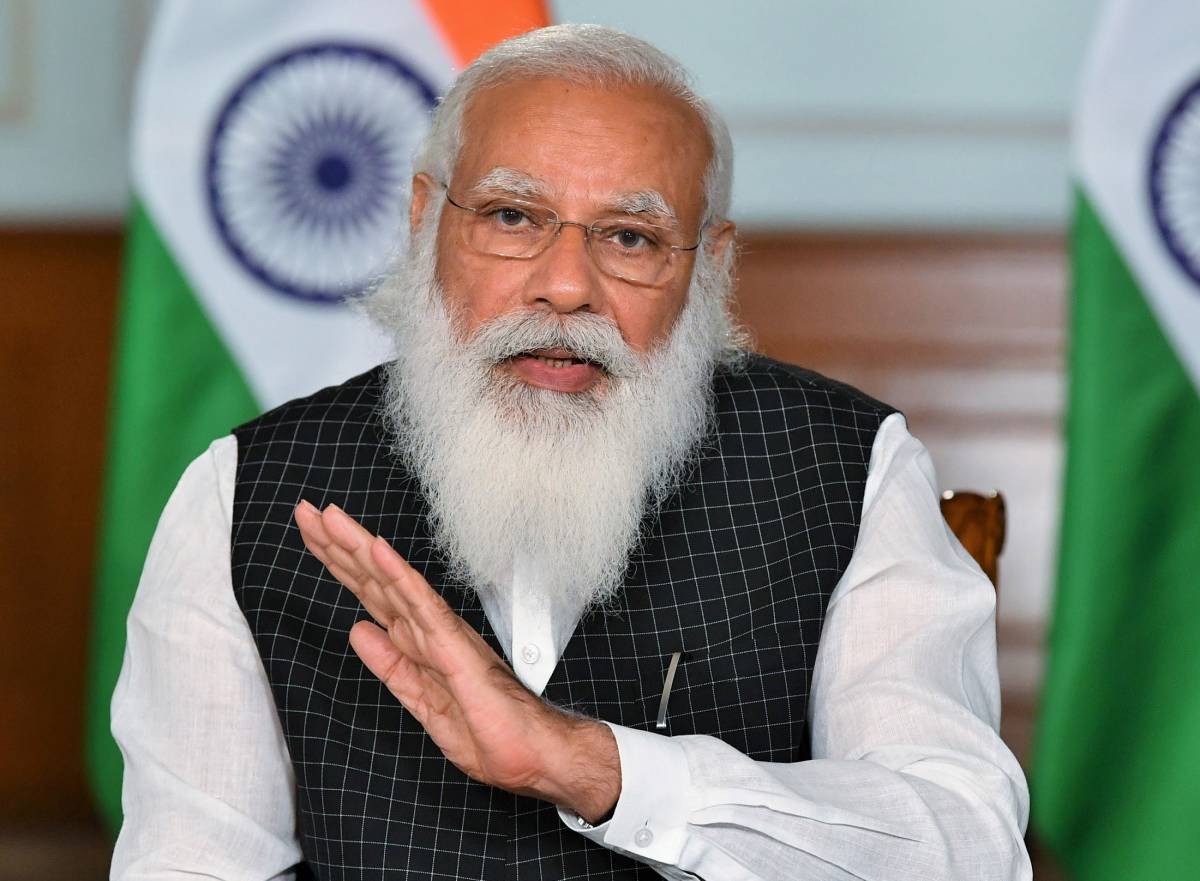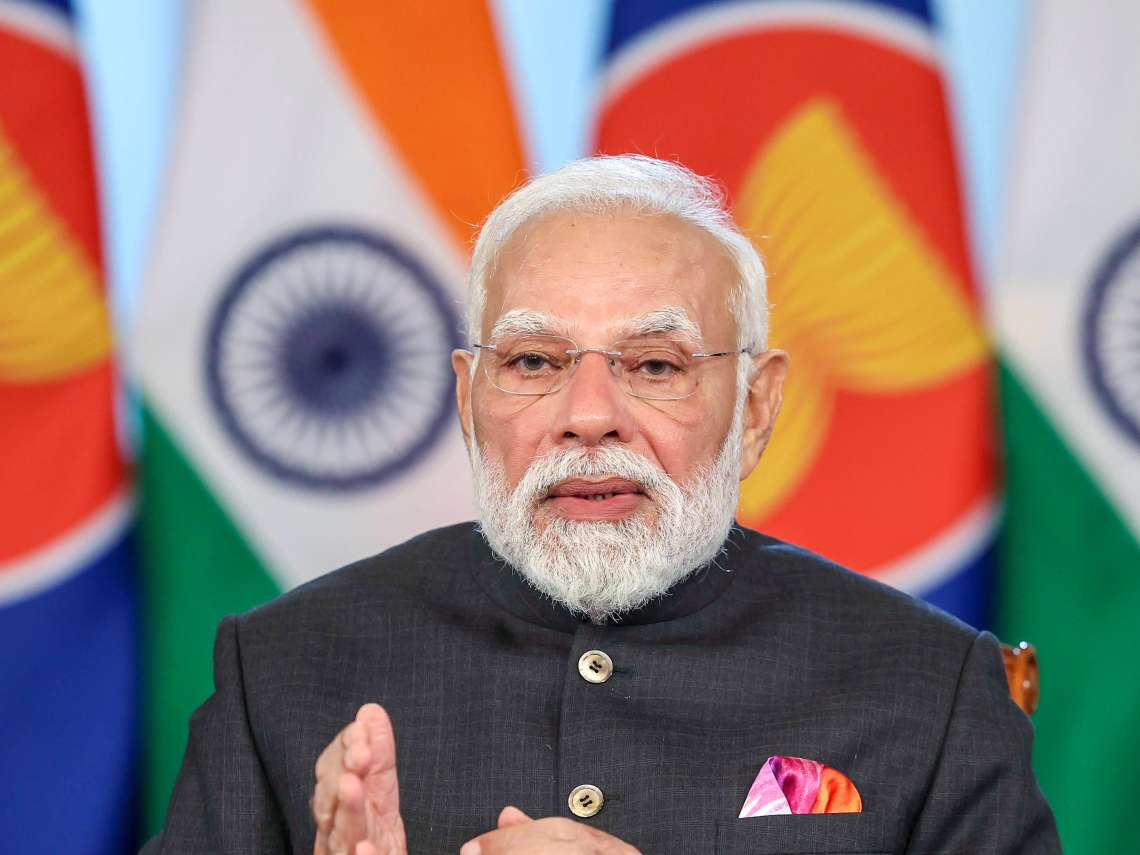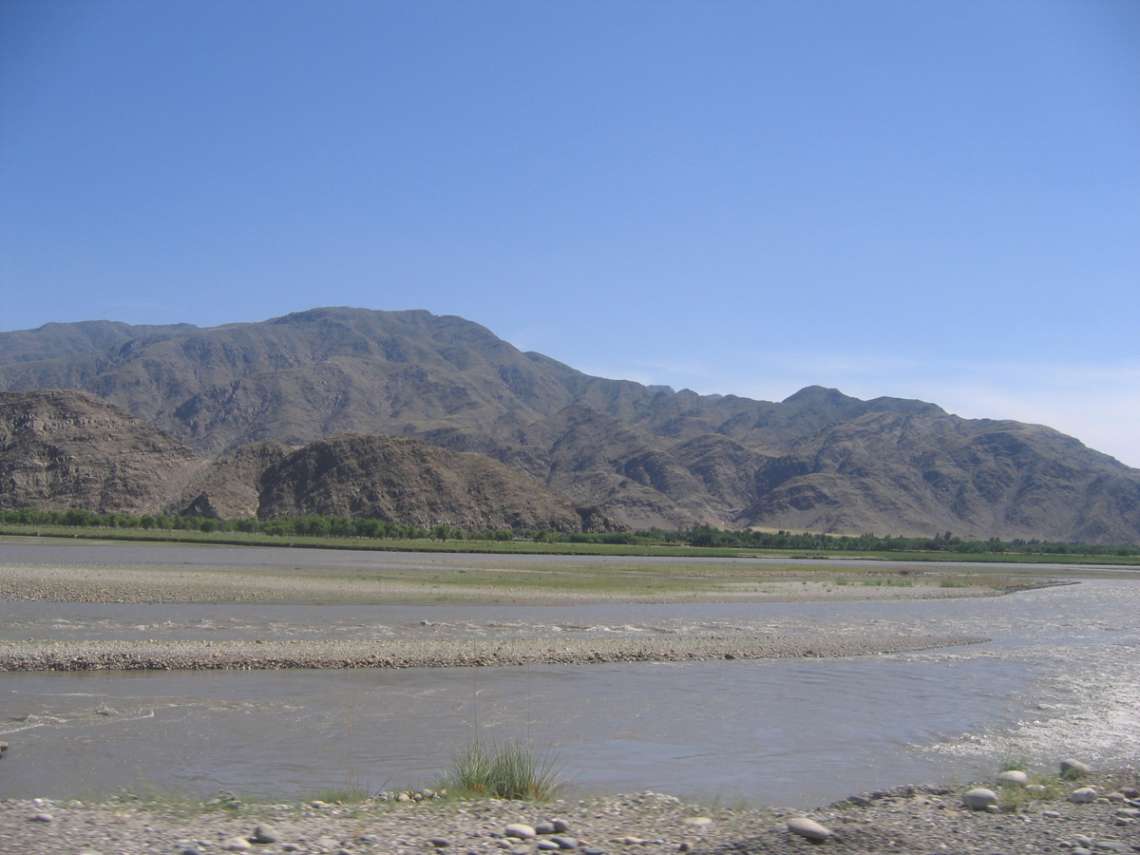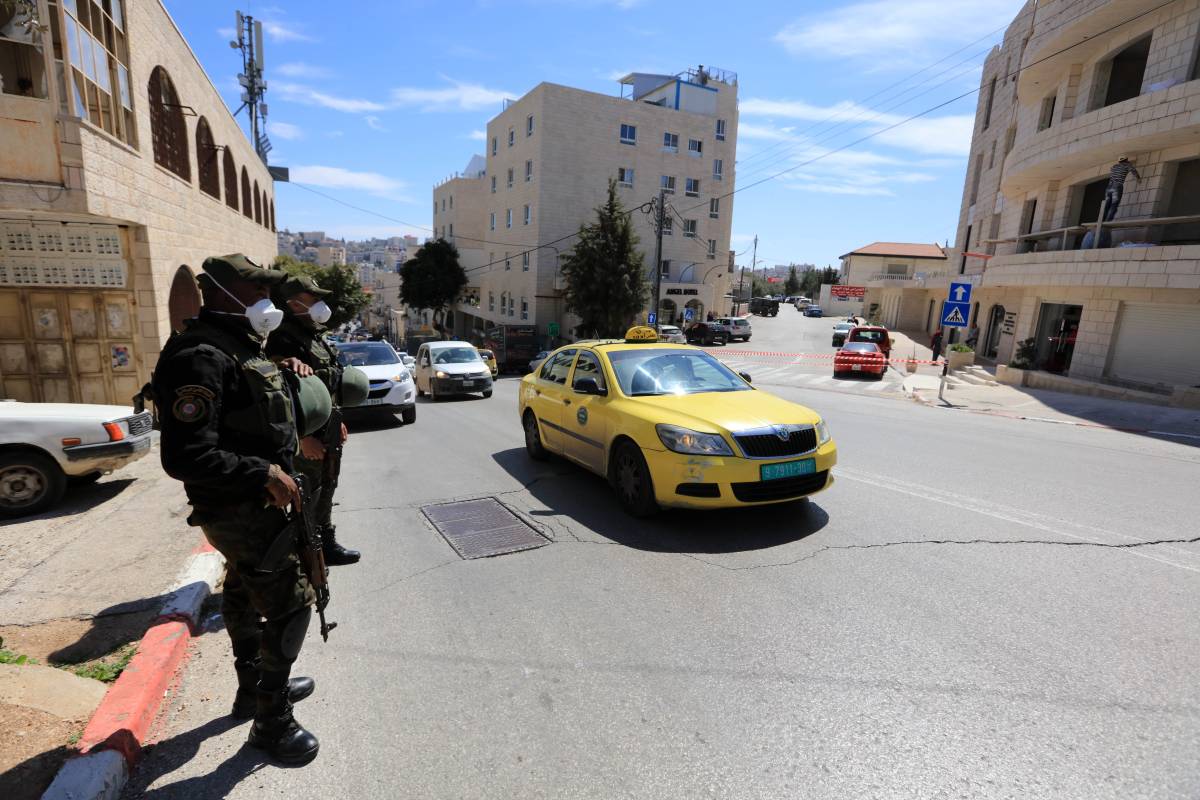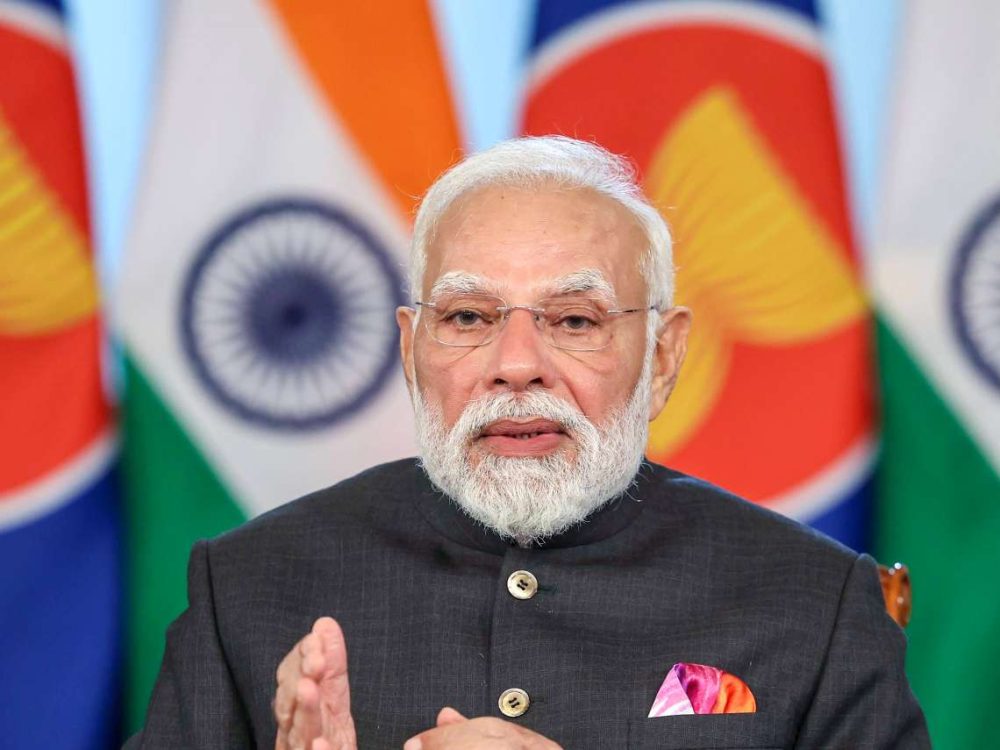India is now the fourth-worst Covid-hit country worldwide after the number of active cases rose to 9,79,608, reports Asian Lite News.
With an uptick in the number of Covid-19 cases across the country, preventing another reverse migration of workers, particularly from key industrial areas, seems to be the top most priority of the Prime Minister’s Office (PMO).
The Health Ministry on Friday reported 1,31,968 new Covid-19 cases and 780 deaths in the last 24 hours.

India is now the fourth-worst Covid-hit country worldwide after the number of active cases rose to 9,79,608. The death toll stood at 1,67,642.
A total of 61,899 patients recovered in the last 24 hours, taking the number of recoveries to 1,19,13,292 with a recovery rate of 91.22 per cent.
The Health Ministry said that a total of 13,64,205 samples were tested in the last 24 hours. So far, 25,40,41,584 samples have been tested.
A total of 36,91,511 people were vaccinated in the last 24 hours taking the total vaccination count to 9,43,34,262.
In a bid to avert any panic like situation similar to that of last year, the government, including local administration and railways, are working on an elaborate plan to prevent the exodus of labourers from major cities, including Mumbai.
Top sources in the government said the local administration in industrial pockets of Mumbai and other metros have been asked to approach factory management, labour unions and concerned groups to convince the migrant workers not to get scared of the sudden resurgence.
Industrial bodies and factory managements are also being apprised of the ongoing vaccination plan which will be escalated in weeks to come and would cover industrial workers.
The PMO is concerned about the migrant workers and wants to prevent mass exodus of workers which resulted in loss of jobs and human miseries last year.
On Wednesday night, several hundred migrant workers had flocked to the railway stations at Bandra, Dadra and Churchgate, triggering fears that a mass exodus have started and may affect production in factories.

However, authorities said that platforms were crowded mainly due to summer rush.
“I have spoken to IG, RPF Central Railway and IG, Western Railway in Mumbai. I want to clarify that groups of workers stayed at different railway stations because of the night curfew in Mumbai. They returned to their factories when curfew was lifted. The rush seen at platforms was mainly of waitlisted passengers boarding summer special trains,” said Arun Kumar, Director General (DG) of the RPF.
“Our officers at the Western and Central Railway are coordinating with CP (Railways, Mumbai Police) and concerned authorities in industrial areas. They are being apprised of Covid protocols. Meanwhile additional special trains are being run to take care of the usual summer rush.,” Kumar, a 1985 batch UP cadre IPS officer, said.
On Thursday, the DG and a team of senior officials held an important meeting with Chairman, Railway Board to further review the situation in Maharashtra, primarily Mumbai, a major railway hub in India presently facing the highest spike in cases relating to pandemic.
During March 2020, several lakh migrant workers returned to their villages, many of them reaching home on foot, as trains and local transport were shut due to nation-wide lockdown.
Stories of human miseries and sufferings of migrant workers during their journey to villages had caught a large media attention.
Sources said that Prime Minister Narendra Modi was perturbed over such incidents where poor labourers had to walk on foot, often without food for days.

“This time we are on alert. The government doesn’t want this to happen again. All out efforts are being made at every level to prevent large scale migration of labourers. In a Covid affected economy, health of factory workers as well as the country’s industrial production is our top priority,” a senior officer said.
In a meeting with chief ministers on Thursday, Prime Minister Narendra Modi directed all states and Union Territories to focus on aggressive testing and micro-containment to curb the spread of Covid-19.
Also Read-Massive surge in India Covid cases
Read More-Reimagining Diplomacy in the Post-COVID World: An Indian Perspective | Opinion


